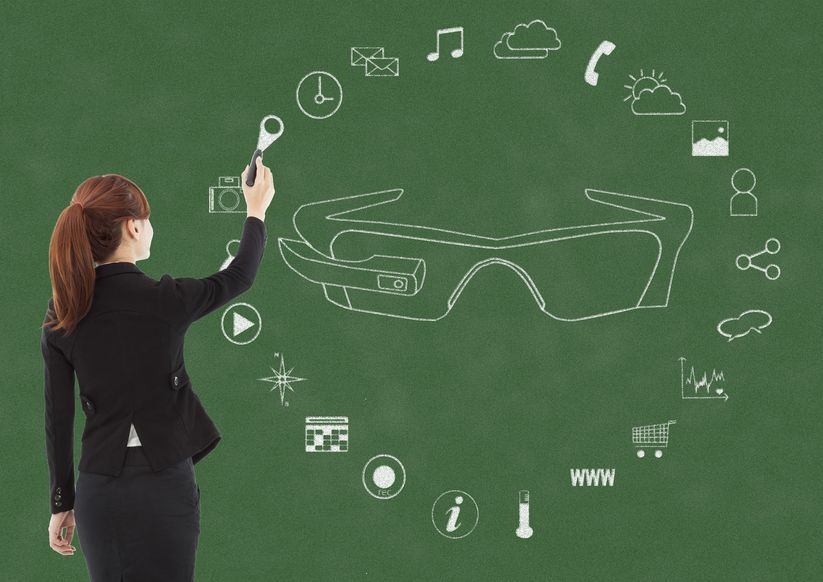Wearable tech may be next enterprise game-changer: Frost
By Digital News Asia November 4, 2014
- APAC wearables market to grow at a CAGR of 34% in next 5yrs to hit US$37bil
- Uptake of wearables in enterprises to grow at a CAGR of 75% from 2014-2018

THE latest disruptive technology to command attention, ignite imagination and serve as a harbinger of both hope and danger is wearable technology.
It offers unique attributes and myriad applications in a wide range of industries, and offers a platform for continued innovation, Frost & Sullivan said in a statement.
The research and analyst firm has released a report on wearables titled Wearable Technology – Has the next enterprise game changer arrived? Which it said throws light on the state of this emerging technology and its potential impact on enterprises.
According to Arvind Arun, industry analyst in the ICT Practice at Frost & Sullivan, the market for wearables in Asia Pacific is currently worth US$8.5 billion and is expected to grow to US$37 billion over the next five years at a CAGR (compound annual growth rate) of around 34%.
Frost & Sullivan’s report said that the uptake of wearables in enterprises will happen at a much faster rate with volume shipments poised to grow at a CAGR of around 75% in the period 2014-2018.
The three most important drivers according to the report are, first, the explosion of the IoT (Internet of Things) ecosystem and the potential of wearables to act as the gateway to the IoT world.
Second is the ability of wearables to provide contextual computing capabilities that open up new avenues of growth and possibilities.
Third are the several disruptive attributes of wearables that empower the wearer with enhanced capabilities.
The growth drivers notwithstanding, Arvind said that the industry must address some serious challenges to fully realise the potential and promise of wearable technology.
These include technical challenges such as battery life, versatility and robustness of sensors, and interoperability between various devices and platforms. Additionally, providing impetus to the app developer community and wearable data management are important obstacles that need to be overcome.
“Wearables could seriously challenge the status quo in several industries and could substantially enhance process efficiency, customer experience and worker safety in hazardous work environments,” Arvind said.
“Like all disruptive technologies, wearables will immensely benefit certain industries such as healthcare, which is likely to see a sharp increase in prophylactic therapy and preventive medicine.
“On the other hand, wearables will increase the practice of ‘showrooming,’ which could put additional stress on traditional retailers. Also, wearables could serve as an alternative to credit and debit cards and hence may further disrupt the payment industry,” he added.
In short, wearable technology has arrived and regardless of the size of your organisation, the industry you operate in, or the nature of your customers, wearables will change the way you work, compete and deliver value in the market place, Frost & Sullivan said.
And, as with all disruptive innovations, the early movers will thrive while the laggards will struggle to survive, the company added.
Related Stories:
Market potential of US$731bil in ‘connected living’ by 2020: Frost
Beware wearables and IoT: Kaspersky on security risks
Forget e-government, it’s smart m-government next
For more technology news and the latest updates, follow @dnewsasia on Twitter or Like us on Facebook.


